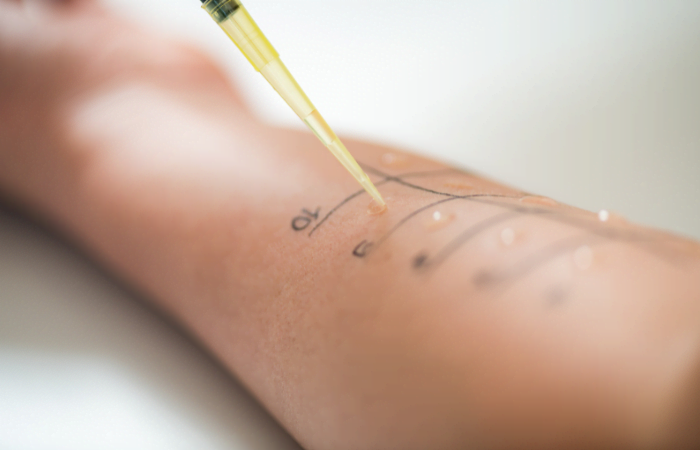
Allergies are the immune system's exaggerated responses to substances that are typically harmless to most individuals. These reactions can range from mild discomfort to severe, life-threatening conditions. Understanding why allergies occur and how to protect oneself is essential for effective management and improved quality of life.
Allergies develop when the immune system mistakenly identifies a harmless substance, known as an allergen, as a threat. In response, it produces antibodies called Immunoglobulin E (IgE). Upon subsequent exposures to the same allergen, these antibodies trigger the release of chemicals like histamine, leading to allergic symptoms.
Common allergens include pollen, dust mites, pet dander, certain foods, and insect stings. Factors contributing to the development of allergies encompass genetic predisposition, environmental exposures, and lifestyle choices. For instance, children with allergic parents are more susceptible to developing allergies themselves. Additionally, modern lifestyle factors, such as reduced exposure to natural environments and increased pollution, may influence the rise in allergy cases.
An allergic reaction progresses through several stages:
1] Sensitization: Initial exposure to an allergen prompts the immune system to recognize and remember it, producing specific IgE antibodies.
2] Early Activation: Upon re-exposure, the allergen binds to IgE antibodies on immune cells, triggering the release of histamine and other mediators.
3] Immediate Reaction: This phase occurs within minutes, presenting symptoms like itching, sneezing, hives, or swelling.
4] Late-Phase Reaction: Hours after the initial exposure, additional immune cells are recruited to the site, causing prolonged inflammation and symptoms.
5] Resolution: With appropriate intervention or removal of the allergen, symptoms gradually subside, and the body returns to its baseline state.
Accurate identification of allergens is crucial for effective management. Common types of allergy testing methods include:
1. Skin Prick Test: Small amounts of potential allergens are introduced into the skin, typically on the forearm or back. A positive reaction, indicated by redness or swelling, suggests an allergy.
2. Intradermal Test: A small amount of allergen is injected just under the skin. This test is more sensitive than the skin prick test and is often used when the latter yields negative results despite a suspected allergy.
3. Patch Test: Patches containing allergens are applied to the skin for 48 hours to identify delayed reactions, commonly used for contact dermatitis.
4. Blood Test (Specific IgE Testing): A blood sample is analyzed for the presence of IgE antibodies specific to certain allergens. This is useful when skin tests are not feasible.
Consulting with a healthcare provider or allergist is essential to determine the most appropriate testing method based on individual symptoms and medical history.
1. Environmental Controls: Use high-efficiency particulate air (HEPA) filters, regularly clean living spaces, and encase bedding to reduce exposure to dust mites and pet dander.
2. Medication: Over-the-counter or prescription antihistamines, decongestants, and nasal corticosteroids can alleviate symptoms. Always consult a healthcare professional before starting any medication.
3. Immunotherapy: Allergy shots or sublingual tablets gradually desensitize the immune system to specific allergens, offering long-term relief.
4. Emergency Preparedness: Individuals with severe allergies should carry an epinephrine auto-injector and have an action plan in place.
If you suspect you have an allergy, it's advisable to seek professional evaluation. Searching for "allergy test near me" can help locate qualified allergists or clinics specializing in allergy testing and management. Early identification and intervention are key to effectively managing allergies and improving quality of life.
Understanding the mechanisms behind allergies and recognizing the stages of allergic reactions empower individuals to take proactive steps in managing their health. Through appropriate testing and protective measures, it's possible to reduce exposure to allergens and alleviate symptoms, leading to a more comfortable and fulfilling life.